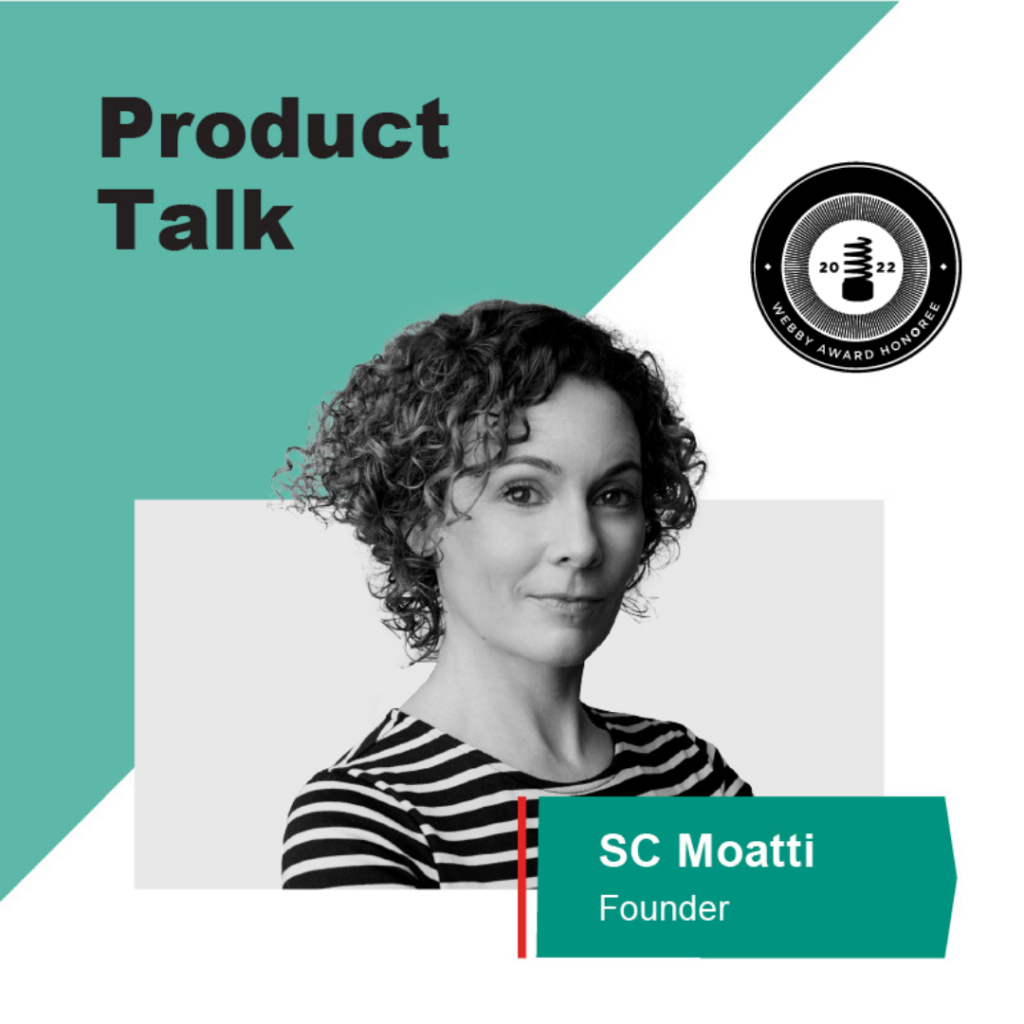We recently sat down with Asana fmr Product Lead, Nick Fassler, to discuss product culture. It’s a total love letter to product management, product people, and everything we all love about this community.
Product culture is what draws most people into the role of product management. It’s the hire-wire balancing act that exists for us. We like product people because they’re like us. They like solving problems, are good communicators, and work well with others.
You can listen to the full episode of Product Talk or read the highlights detailed below.

On why he loves product culture.
For Fassler, his love of product management isn’t because the job is simple. It’s the role, the people and the product culture.
“It’s definitely been the most challenging role of my career, I think the amount of responsibility and the challenges that you face as a PM are not easy. I just love the work. The day-to-day has been awesome. It’s the first role where I feel fully natural. I find myself in I guess what you call a flow state, collaborating, communicating, working with designers and engineers. Time goes by really quickly when I’m working to build a product.
I’m always learning new things, and I feel like there are always new challenges that I can face. So that’s great. I think the other thing that I love about this role I just like love product people. I think there’s something interesting about this hybrid person that’s both like enough of an optimist to want to build new things, but also like enough of a skeptic to question everything. I find product people fascinating and love spending time with them.”
On how product management isn’t just one thing.
What a PM means to one company might be totally different to another.
“Many companies that don’t have PMs don’t know what to do. I had to spend a lot of time just educating various functions on what is the role of a product manager. What can I do, what can’t I do, and starting to build out that product process from scratch.
The role is different at every company pretty much. So I think even if people have had experience working with PMs, they may have had experience working with very different types of PMs. PMs that are basically project managers or PMs that only really deal with like business and business analytics. The type of PM I wanted to be was really focused on building the right thing for the user. When I joined, I had to spend time with the team trying to influence what the role could be.”
On how product management is kind of a “whitespace role.”
Sometimes, the product culture of a company means that a product manager fills the role of whatever job needs to be done.
“So a whitespace role is responsible and has to fill the whitespace. The gaps left by other roles. So, if you are responsible for building the right product and getting it shipped, and you don’t have an engine manager, you’re the engine manager, right? Let’s say you’re in an agile environment, and there’s no one that’s functioning as the product owner, scrum master, the kind of story ticket owner, you’re probably going to be that person because you have to fill the whitespace. Fill the gaps to make sure everyone’s successfully building product.”
On how product management is like a seesaw.
Fassler took it back to the playground to share one aspect that he loves about product culture and being a great product manager.
“I’m thinking more of a kind of a seesaw metaphor, where you’re not necessarily balancing it, but figuring out where the most important holes to fill are, you know, the white space to fill is at any given time. So, there were times where I was totally focused on execution and delivery details down to writing every single JIRA ticket. I had the context of what it would take to find better tools. I knew our users, so I knew how to reach out to them and communicate with them and, and the tools we were using and spending days and days and days just focused on very little, little tiny tasks around execution. Then there’d also be periods where I was spending the majority of my time working as a strategic leader in the company and maybe neglecting the product team.
I think one of the goals I had as head of product was to build that competency. Build that product culture, where I could step away from the day to day product work and focus with the executive team on developing our strategic objectives. And be confident that the right thing is being built. But you know, there are times when even when you’re not that confident, you just don’t have the capacity to spend time doing both. So you have to make those trade-offs. Even if I was 100%, focused on one area of the business of the product, always be listening. Listening to what my product team was telling me, listening to what I’m hearing across the organization. So I can quickly change course if I need to. I think that’s probably the thing I’d recommend the most is even if you’re heads down or you’re heads up, make sure you have those check-ins with your team to understand what’s happening and when you need to jump back in.”